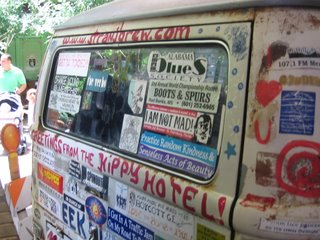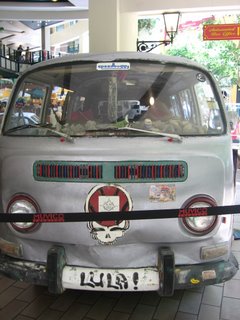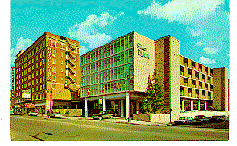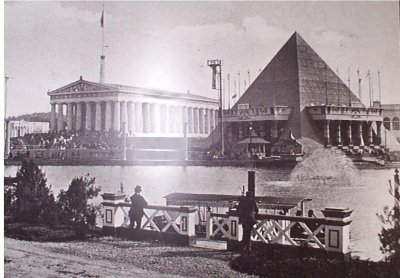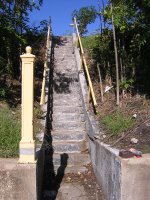Details, details, details...

First of all let me begin by saying that I'm opposed to all demolition in Memphis (unless you're demolishing a parking lot to replace it with a well-designed building). Why? Because the new building is almost never as charming, or unique, or beautiful, as the one it replaces. The city usually suffers a net loss of beauty and character and gains a windfall of ugly.
When they started building Belvedere Crossing, at the corner of Belvedere and Union, I figured it was going to be more of the same. They tore down an old gas station, no loss there, but they also demolished a piece of old Union Ave. commercial architecture, the building that housed the Tommy Bronson Sporting Goods Store. It was a simple, elegant storefront that had a piece of ornament above its doorway. I don't have a picture of the original building, but I remember the detail.
The reason I bring it up is this: it appears that the developers have incorporated that detail in the new building (without a picture of the original, I can't say for sure, but I'm almost certain). Add to that they didn't bulldoze the only mature tree on the lot, and I have a lot of respect for the developers. They paid homage to the building that gave way. They respected the beauty of older trees, even if it possibly took a parking space. They did something they didn't have to. They made their corner more beautiful than it was. They made Memphis better than it was.







